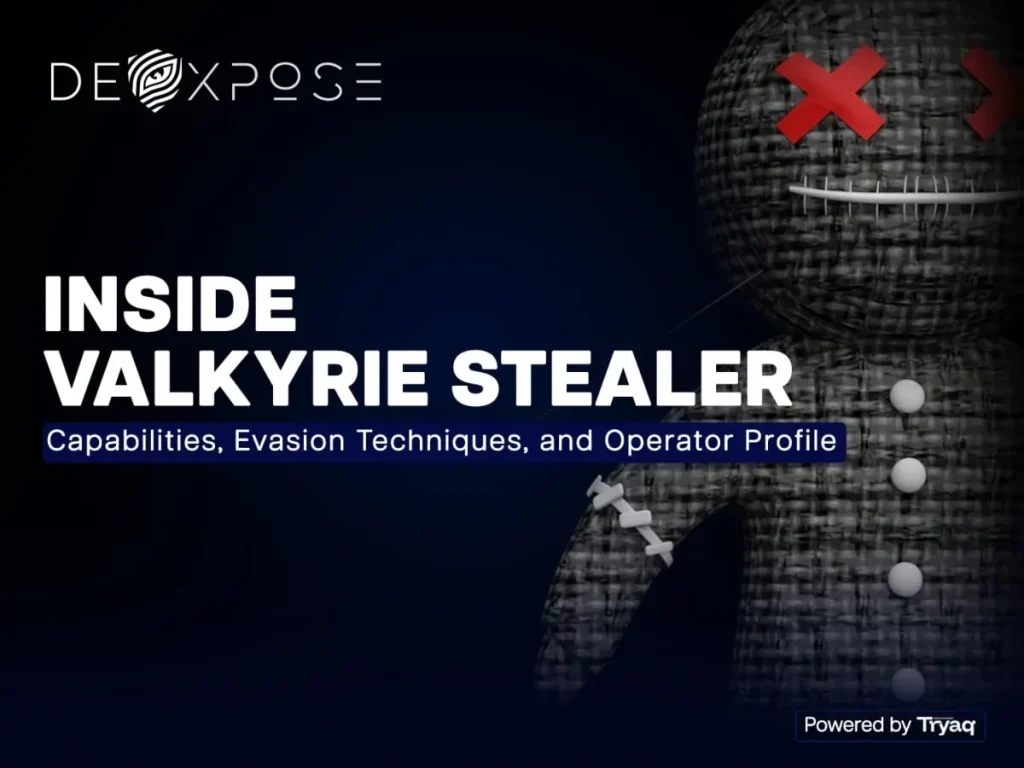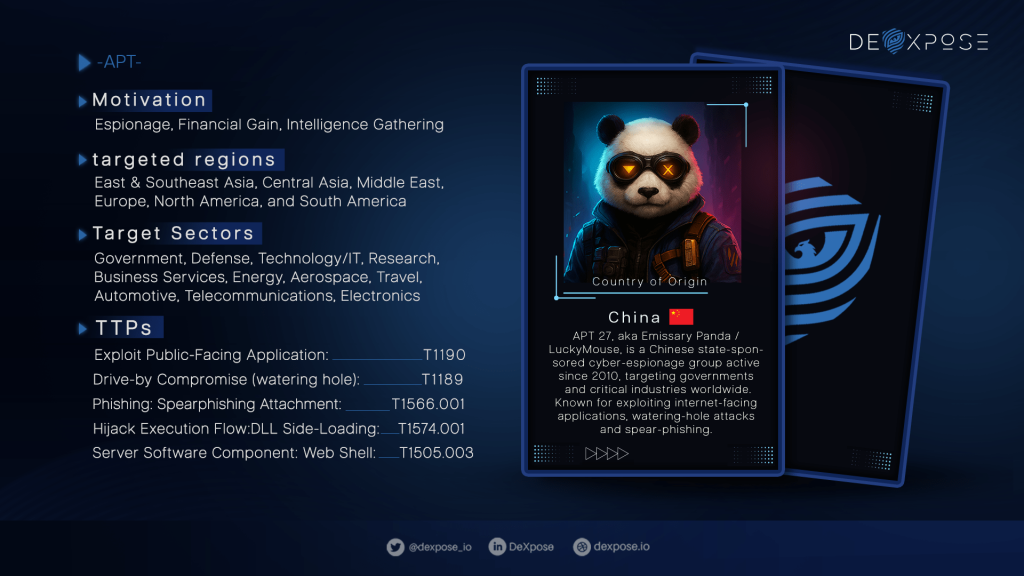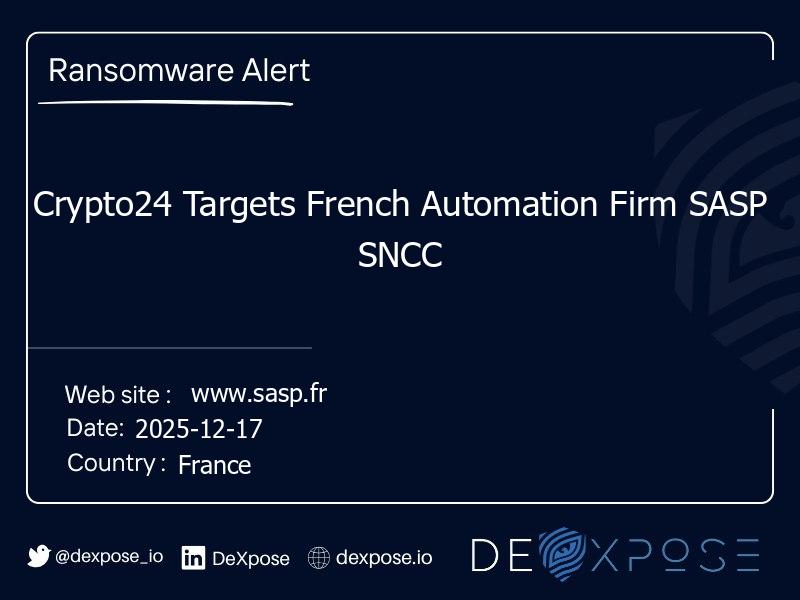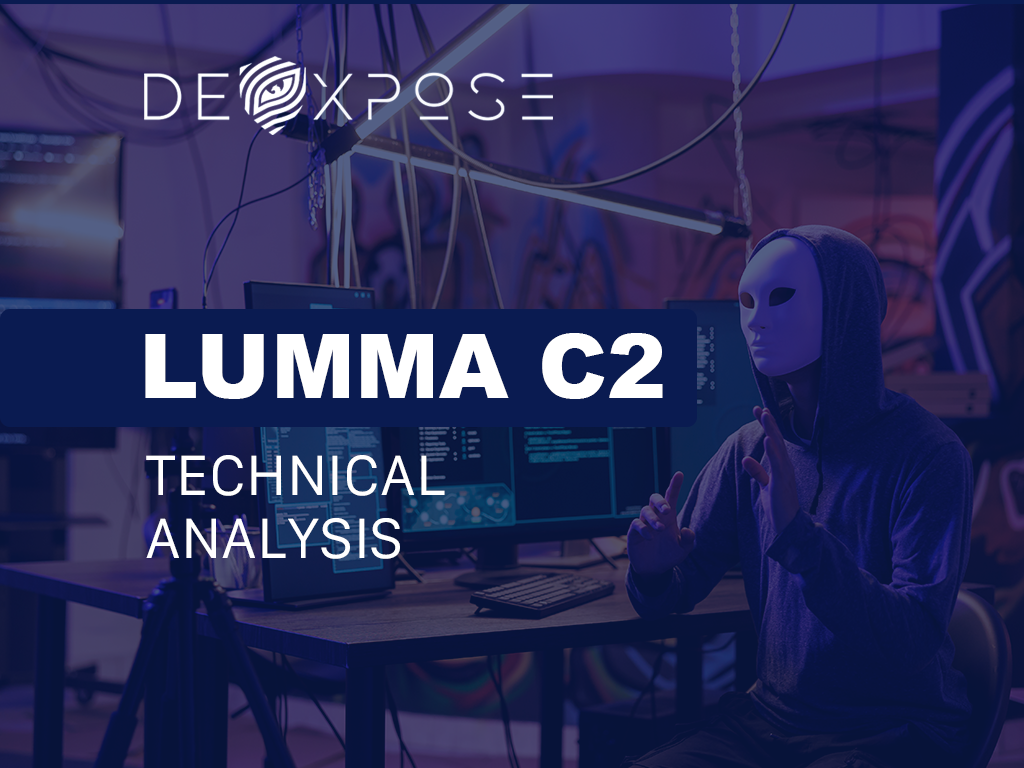In an age where every organization holds valuable digital assets, Cyber Threat Analysis isn’t just an option; it’s a strategic necessity. Strong Cyber Threat Analysis turns raw signals into prioritized actions: spotting early indicators, understanding attacker intent, and guiding responses so teams act with confidence. This post shares practical, proven insights that security leaders and analysts use to transform data into reliable detection, reduce false positives and stop breaches before they cause damage.
Why Cyber Threat Analysis matters today
Threat actors move fast; the window between compromise and exploitation keeps shrinking. Practical analysis does three things: it increases signal-to-noise in security telemetry, it connects disparate incidents into attack stories, and it converts intelligence into operational controls. For executives, the upside is measured in reduced dwell time and preserved reputation. For practitioners, it means clearer playbooks, faster containment, and measurable improvement in resilience.
Core Components of Cyber Threat Analysis
A defensible program rests on a small set of durable capabilities:
1. Data collection and normalization
Collect widely with Dexpose: endpoint logs, network flows, DNS records, authentication events, cloud telemetry, email headers, and third-party alerts. Normalize formats and timestamps to enable correlation.
2. Threat context and enrichment
Raw alerts rarely tell the whole story. Enrich possibilities with IP reputation, domain age, known malware families, and relevant CVEs so analysts can quickly assess risk.
3. Detection logic and tuning
Combine signature, behavior, and anomaly detection. Tune thresholds using baseline profiles and incorporate analyst feedback loops to reduce false positives.
4. Investigation and storytelling
Analysis should build concise narratives: how the attacker entered, what moved laterally, and what assets were targeted. These stories speed decision making.
5. Automation and orchestration
Automate repetitive tasks (enrichment, containment steps) while ensuring human oversight for high risk decisions.
Secret 1 Start with threat modeling and risk-based prioritization
Top analysts don’t chase every alert. They map likely attacker paths to business-critical assets and prioritize detections that threaten them. Use an attack surface map and heatmap to rank assets by value and likelihood of exploitation. When you align detection coverage with the organization’s crown jewels, your team spends effort where it truly matters.
Secret 2 Monitor credentials relentlessly
Credentials are the most common initial foothold. Implement continuous Compromised Credentials Monitoring to detect leaked usernames and passwords on external sources. Prioritize accounts with privileged access and automate forced password resets or multi-factor re-enrollment when high-risk exposures are confirmed.
Secret 3 Scan beyond the surface: Deep Web and dark web intelligence
Attackers trade and advertise on clandestine channels. Incorporate Deep Web Scanning into your horizon scanning to detect early chatter about your organization. Use tailored crawlers and vetted intelligence feeds; combine automated discovery with human review to verify relevance and reduce noise. For small teams, responsibly scoped Free Dark Web tools can provide initial indicators, but they’re best paired with paid feeds for accuracy at scale.
Secret 4 Real-time breaches monitoring and rapid data breach detection
Fast detection reduces damage. Build a pipeline for continuous Breaches Monitoring that watches for leaked data tied to your domains, emails, or IP ranges. Coupling that with robust Data Breach Detection such as automated scanning of public paste sites, code repositories, and leak forums—lets you triage exposures within minutes rather than days. When a data leak is found, verify provenance, assess sensitivity, and trigger containment steps mapped in your playbook.
Secret 5 Protect reputation: Brand Protection strategies
Attackers exploit brand confusion through phishing and typosquatting. Prioritize Brand Protection by monitoring look-alike domains, fraudulent social accounts, and cloned websites. Integrate takedown processes and coordinate with legal or communications teams to respond to impersonation threats quickly and preserve customer trust.
Secret 6 Scan and secure email exposure
Email addresses are both an identity and an attack vector. Run periodic Email data breach scans to identify exposed employee addresses tied to breaches. Prioritize notifications for users with elevated access and strengthen anti-phishing controls, such as DMARC, DKIM, SPF, and mailbox intelligence.
Secret 7 Blend human expertise with automation and threat intelligence platforms
Automation accelerates routine tasks; human analysts add context and intuition. Use a threat intelligence platform to centralize indicators, automate enrichment, and feed SIEM/SOAR rules. Equip analysts with curated playbooks so automated actions (containment, enrichment, blocking) are governed and reversible. The right balance reduces analyst fatigue while preserving investigative depth.
Integrating Cyber Threat Analysis into security operations
Embed analysis into triage workflows: every alert should bring context (who, what, when, where, how). Define escalation thresholds and assign “ownership windows” to prevent incidents from lingering in limbo. Cross-train SOC staff on forensics basics and teach incident handlers to use enriched intelligence to jumpstart containment.
Secret 8 Build forensic readiness and reusable incident playbooks
When an incident occurs, time is critical. Maintain playbooks for common scenarios (phishing, lateral movement, ransomware) that include collection checklists, containment actions, and communication templates. Ensure forensic readiness by preserving logs, implementing endpoint snapshot policies, and using immutable storage for critical evidence. Preparedness shortens the mean time to recovery and makes post-incident analysis actionable.
Secret 9 Use high-fidelity indicators and adversary profiling.
Not all IoCs are equal. Favor indicators that reveal intent or capability custom malware hashes, spear-phishing templates, C2 patterns—over generic reputational tags. Profile adversaries by TTPs (tactics, techniques, procedures) and map them to MITRE ATT&CK-like frameworks so you can anticipate moves and test coverage systematically.
Secret 10 Measure effectiveness with the right KPIs
Focus on outcomes, not activity. Useful KPIs for deep and dark web monitoring include median detection time, dwell time, the proportion of alerts resolved within SLA, and the percentage of incidents surfaced by internal sensors versus external feeds. Track false favorable rates and analyst time per incident to measure efficiency gains from automation and tuning.
Tools, playbooks, and integration tips that work

Choose tools that integrate easily with each other. Key capabilities to invest in:
- Centralized telemetry (log aggregation + normalization).
- Threat enrichment and IOC management.
- Automation engine for routine containment.
- Dark web and paste-site monitoring.
- Credential leak scanning and identity risk scoring.
Operational tips:
- Start small with one well-defined use case and expand from there.
- Maintain telemetry retention policies that support investigations.
- Run tabletop exercises quarterly to validate playbooks and communications.
- Create a feedback loop so lessons learned can refine detection rules.
Common pitfalls and how to avoid them
- Chasing every alert: Adopt risk-based prioritization.
- Blind reliance on single source feeds: Fuse multiple intelligence sources.
- Over-automation without safeguards: Always allow for manual intervention on high-impact actions.
- Poor evidence preservation: Design log retention and snapshot policies with investigations in mind.
Case vignette turning analysis into rapid containment.
A mid-sized financial firm saw unusual authentication spikes. By correlating geolocation anomalies with newly created look-alike domains,brand monitoring, and leaked credentials reported by a middle feed, analysts reconstructed an attacker timeline. Rapid forced logouts, targeted password resets, and blocking of malicious domains halted lateral movement within three hours. Post-incident improvements included strengthened multi-factor enforcement and expanded Compromised Credentials Monitoring to privileged accounts.
Staffing and skills who you need on the team
An effective program blends:
- Detection engineers to write rules and automate enrichment.
- Threat analysts interpret signals and build narratives.
- Forensic specialists to preserve and analyze artifacts.
- Threat hunters to proactively search for stealthy intrusion.
- A program manager to align priorities with business risk.
Cross-training and rotations between detection and incident response build institutional knowledge and reduce single points of failure.
Legal, privacy, and ethical considerations
When scanning the broader internet and the dark web, respect privacy laws and acceptable use policies. Coordinate with legal counsel for takedowns and data handling. Maintain clear guidelines for the responsible use of third-party intelligence and avoid any activities that could constitute unauthorized access.
Roadmap: a practical 90-day plan to raise your analysis maturity

Week 1–2: inventory telemetry sources and establish normalization.
Week 3–6: Prioritize assets and implement compromised credentials checks for critical accounts.
Week 7–12: Deploy dark-web and paste-site monitoring and integrate automated enrichment.
Week 13–20: Develop playbooks for top-three incident types and run tabletop exercises.
Week 21–40: Tune detections, reduce false positives, and measure KPIs.
Week 41–90: Adopt threat hunting cadence, expand brand protection, and formalize reporting for leadership.
Future trends to watch
- Greater use of AI/ML for detection and behavior baselining (with human oversight).
- Increased attack surface from cloud-native workloads and AI toolchains.
- More sophisticated supply chain manipulation leading to stealthier compromises.
- Growing importance of integrated identity risk and credential exposure monitoring.
Conclusion
Security teams that master these secrets shift from reactive firefighting to proactive defense. By combining prioritized telemetry, human judgment, Free Dark Web, and automated containment, organizations shorten detection cycles and reduce impact. The path forward is practical: measure what matters, protect what’s critical, and keep playbooks sharp. When well-executed, Cyber Threat Analysis becomes not just a function but a competitive advantage — protecting customers, preserving trust, and enabling the business to move faster with confidence.
Frequently Asked Questions
Q1: How quickly should a breach found via breach monitoring be validated?
Validate within hours, not days: confirm data provenance, scope, and sensitivity. Rapid validation enables containment and reduces attacker dwell time.
Q2: Can free dark web tools replace paid intelligence feeds?
Free tools are helpful for initial discovery but often lack depth and reliability; combine them with paid, curated feeds for production-grade coverage.
Q3: How often should compromised credentials monitoring run for high-risk accounts?
High-risk accounts should be monitored continuously with automated alerts and immediate remediation workflows for confirmed exposures.
Q4: What’s the first thing to do after data breach detection?
Contain the leak (isolate systems, revoke compromised credentials), preserve evidence, and notify stakeholders per the incident playbook.
Q5: How do I measure if my Cyber Threat Analysis program is improving?
Track metrics such as mean detection time, dwell time, incident closure within SLA, and analyst time per incident — improvements across these metrics indicate progress.







